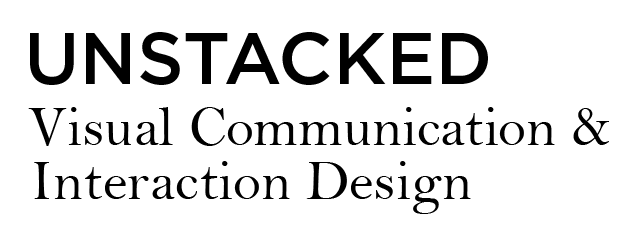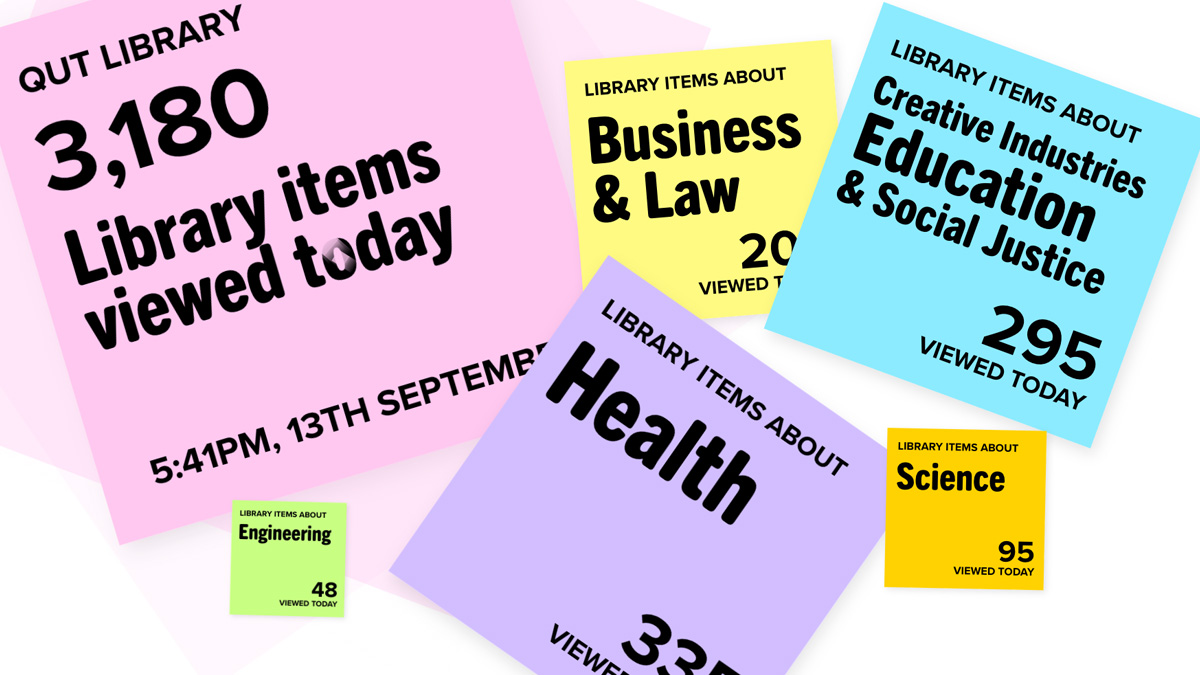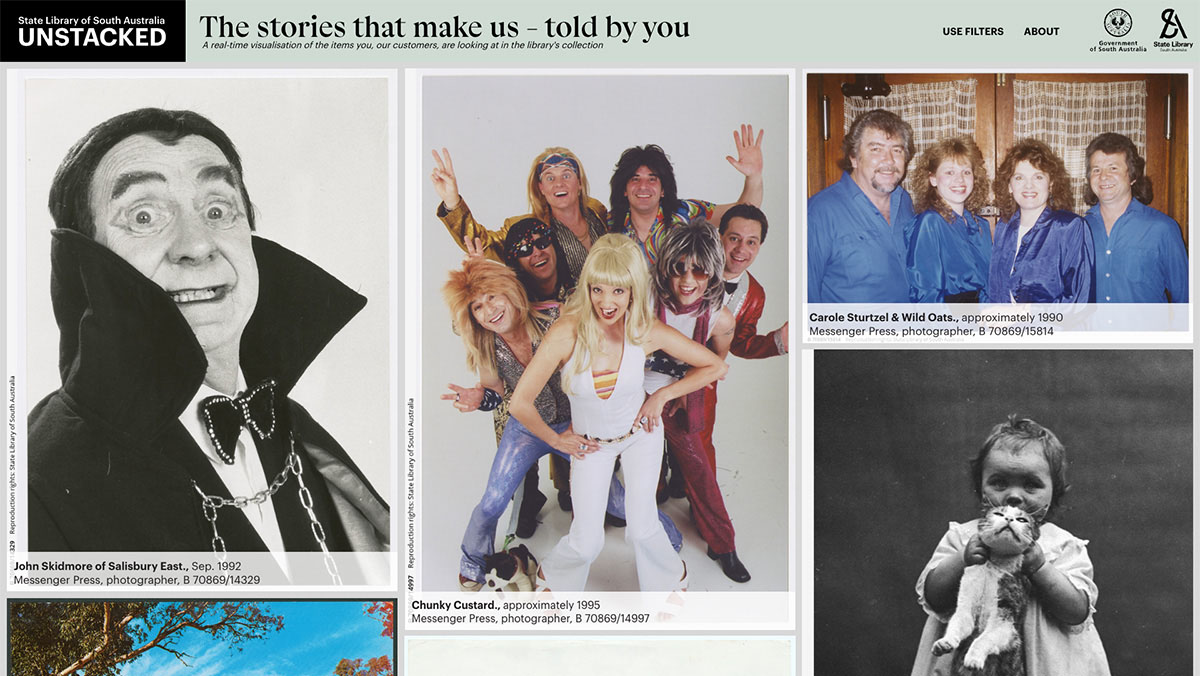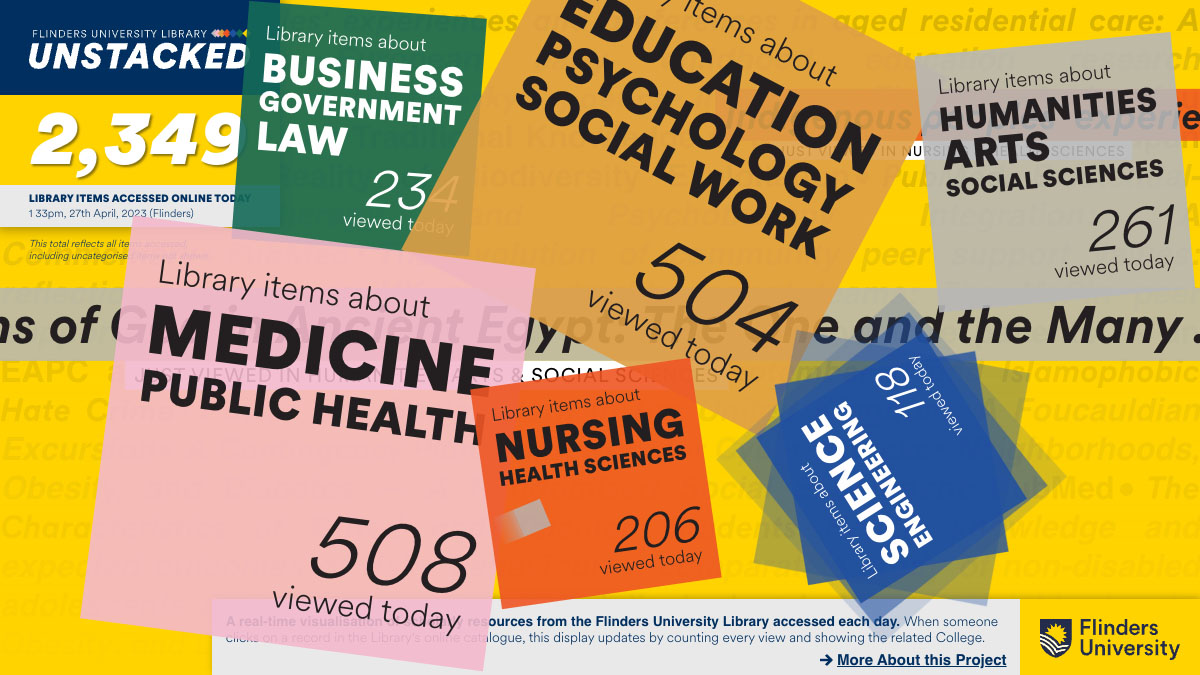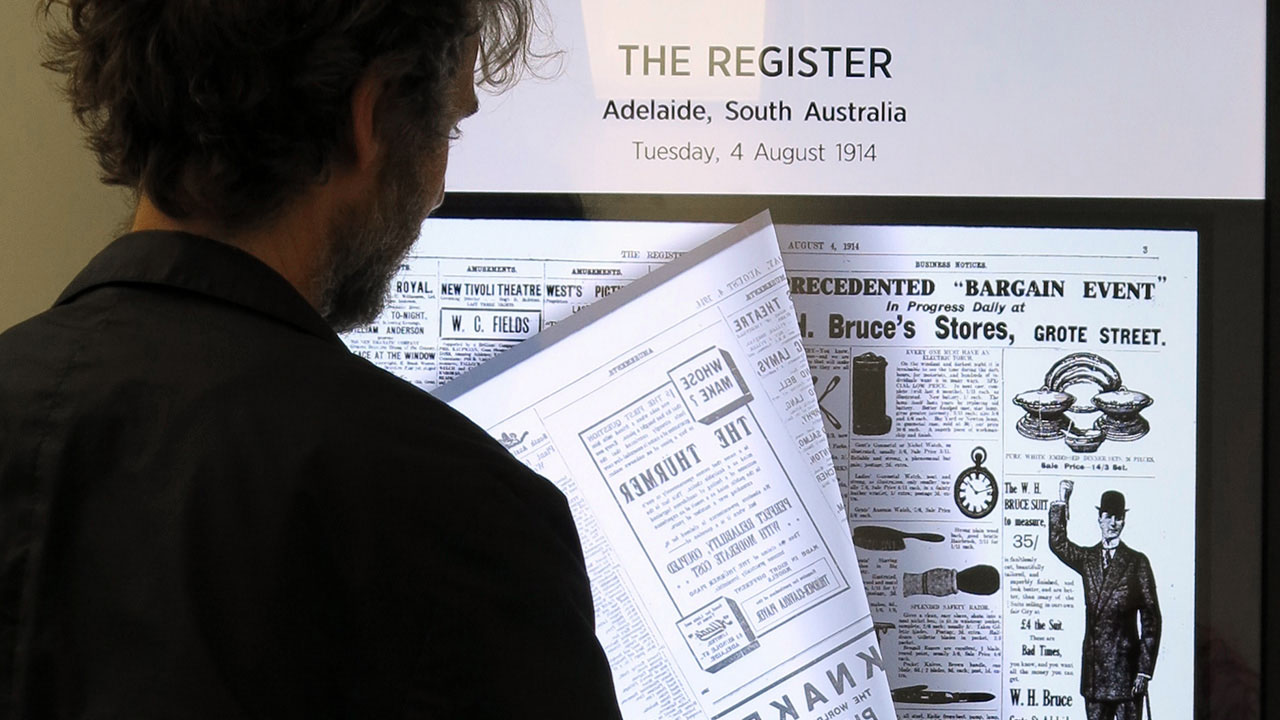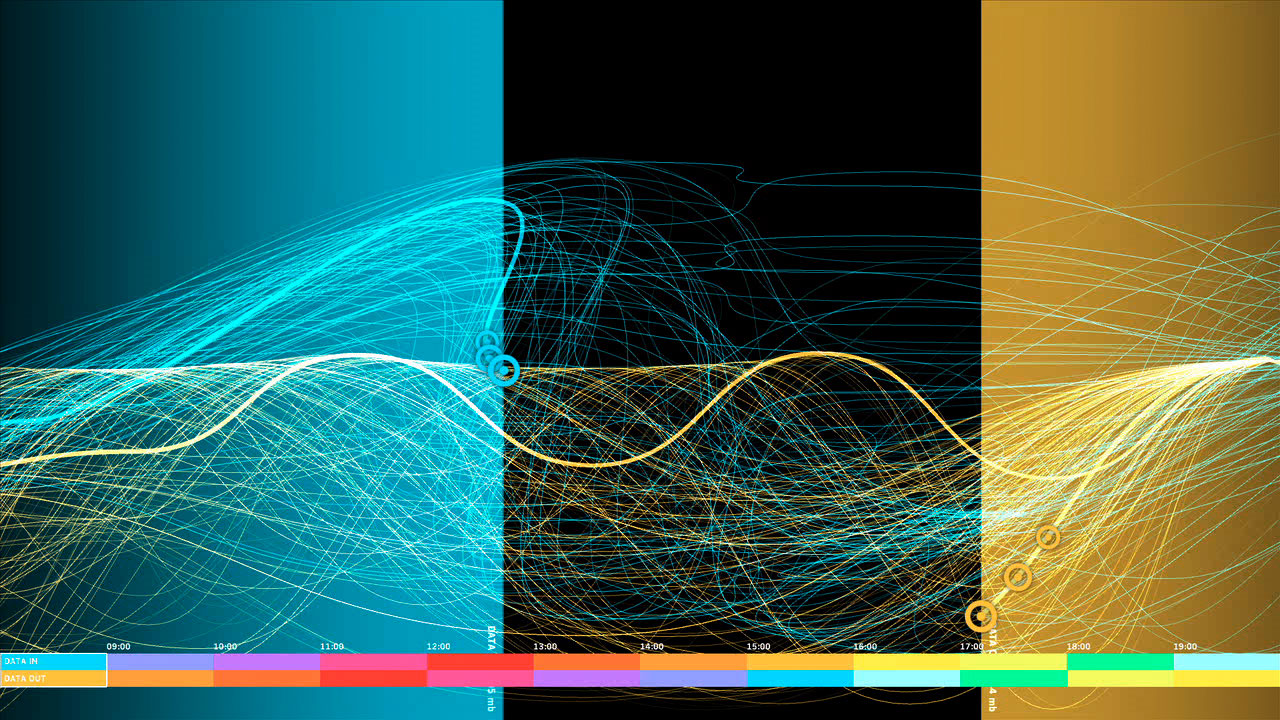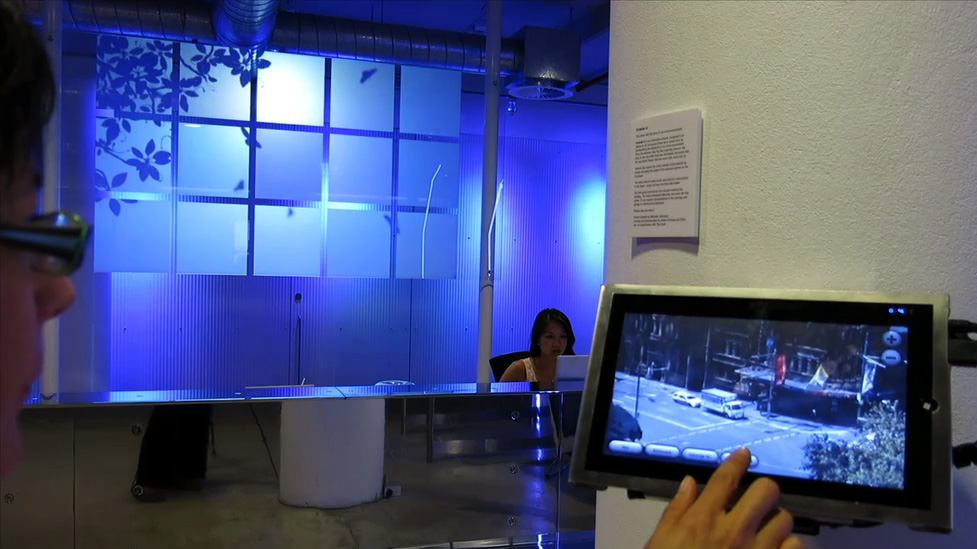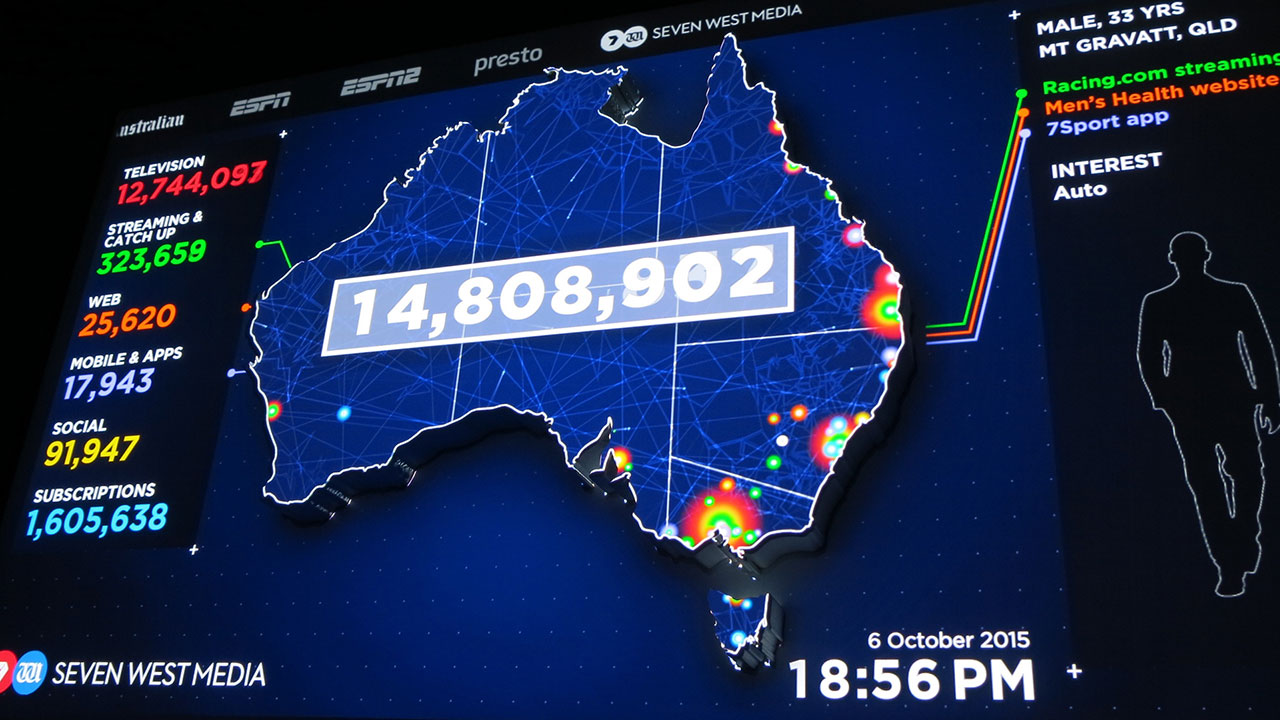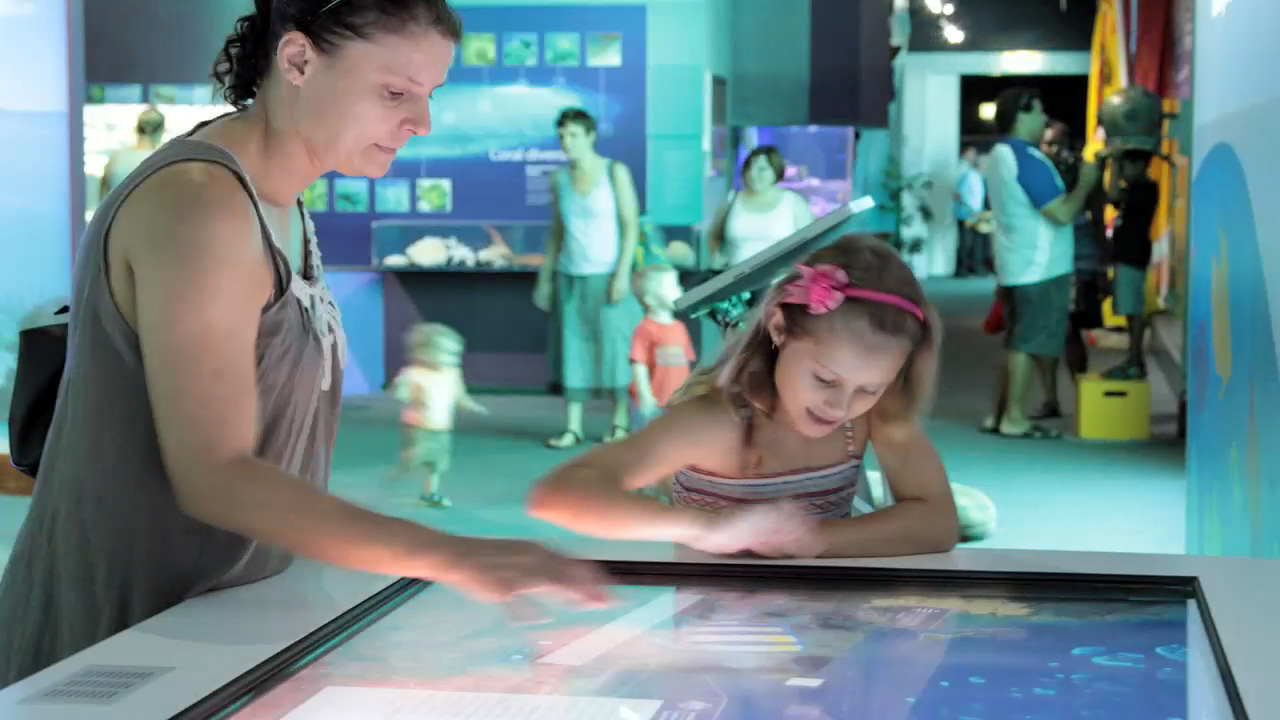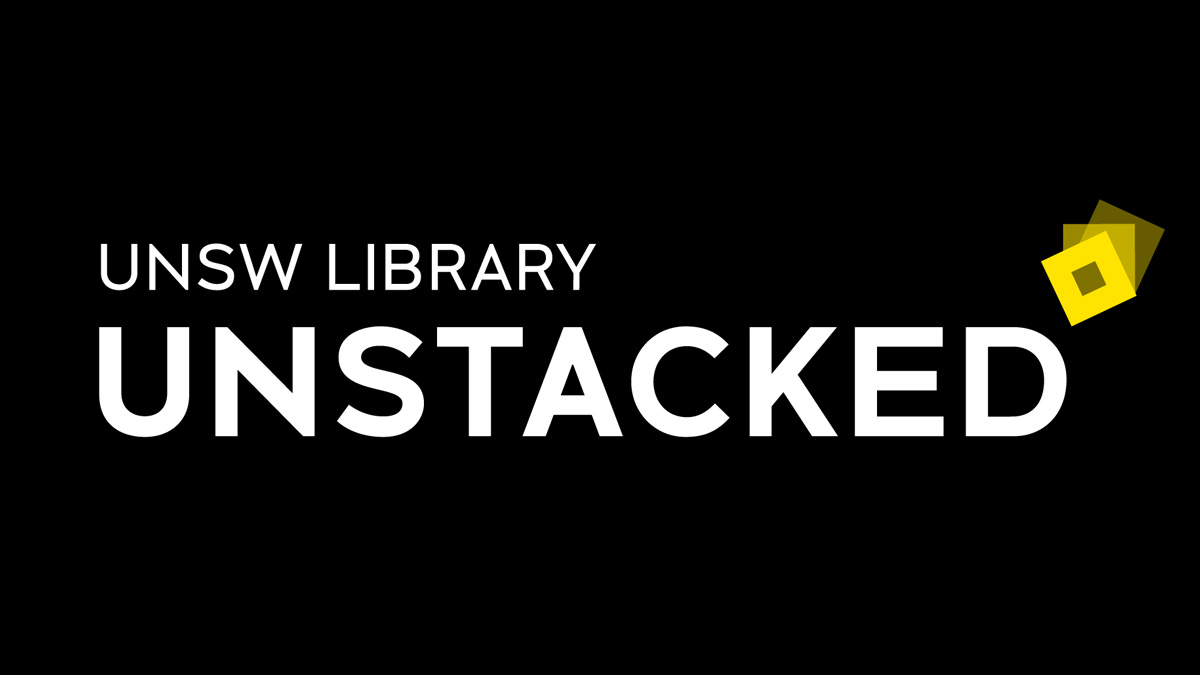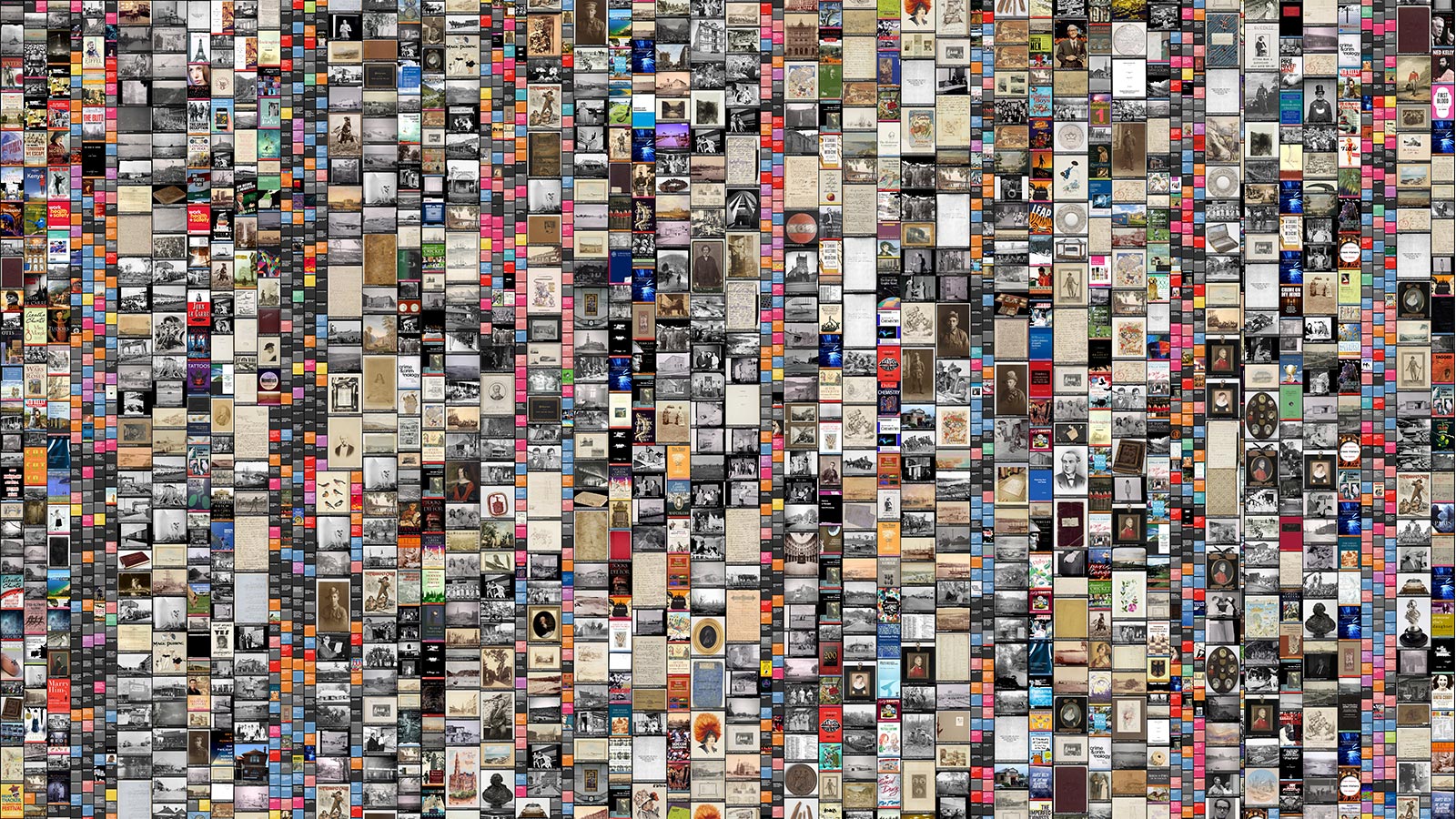UTS Library 11-808, University of Technology, Sydney
Data visualisation / Installation / UnstackedWhat’s going on in the robotic library retrieval system?
As Artists-in-Residence, we were tasked with interpreting and responding to the Library Retrieval System (LRS). The LRS is UTS Library’s state-of-the-art underground storage system, which stores books, journals and objects in 11,808 steel storage bins.
“Artistically beautiful, superbly designed and technically very clever…”
Mal Booth, University Librarian, University of Technology, Sydney
What happens when you visualise the interaction between organic human behaviour and a rigid mechanical storage system? What narratives and patterns are formed or imagined? What behaviours and insights can be deduced? The outcomes are constantly in flux, determined by the users of the LRS and the items contained within it.
11-808 is a playful visualisation of the movements of books and objects requested and returned from the LRS. Each time an item is moved we see its “catalogue card” fly in or out of the bin where it’s located, with the bin adopting the colour of the subject area that the item belongs to. For example, books in the social sciences are blue.
The colours build up on the sides of the display, showing the accumulation and order of all transactions for the time period. Current LRS activity is overlaid in real-time, as items are requested and returned whilst replays of LRS activity can be across different periods of time.
By viewing the title of objects, their subject category and the time in which they are requested, we can build an intriguing picture of how the LRS is being used.
The UTS Library Collection is classified and sorted into topic areas according to the Dewey Decimal System. Items in the LRS, however, are stored according to their spine height. Items may move through many different bins as they are requested and then returned.
Conversations explores text or dialogue from items stored in the bins and the possible inter-relational communication between these items.
Given that they may only have their spine height in common, how do they relate to each other? Do they embrace the opportunity to expand their knowledge, or do they stick to their own “kind”? Do they listen to each other, or talk over the top of each other? What new narratives are formed?
Listen to their conversations and decide for yourself.
Project links
MORE INFORMATION – UTS LIBRARY
Project Team
Adam Hinshaw – Co-creator and Developer
